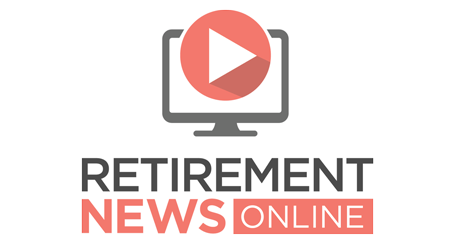The S&P 500 Index finished down about 1.3% from the previous week’s close. Volatility in both equity and fixed income markets has abated somewhat, but remains high. Here what you need to know from this week’s data.
1) Corporate CEO’s Claim a Lack of Visibility: Earnings reports this week did nothing to quell uncertainty about the future.
2) If You Can’t Make It Print It: Many Americans are not making money as U.S. unemployment claims continued to rise, Thursday’s initial unemployment claims report showed 4.4 million Americans filing for first-time benefits, bringing the five-week total to about 26.5 million. Meanwhile the printing press is operating at full capacity as policymakers in the U.S. and Europe reaffirmed their willingness to backstop the economy and financial markets. U.S. lawmakers enacted a $484 billion Coronavirus relief package that will replenish the Payroll Protection Program (PPP), provide economic aid to hospitals, and expand testing capacity in the United States. This fourth bill brings the U.S. fiscal response to nearly $3 trillion so far, with more emergency aid anticipated.
3) Georgia On My Mind: The first businesses were allowed to reopen in some states this week, including retail stores in South Carolina and salons, barbershops and tattoo parlors in Georgia. While the logic of the move can certainly be debated it is hopeful in the sense that at least some portions of the country believe they are ready to restart their economies.
The hope is that the COVID-19 crisis may be short-lived. Progress is being made but there are very few signs that a full-fledged cure or vaccine is at hand. Social distancing and mass closures appear to slow the exponential spreading of the virus considerably. While very effective in saving lives, those measures come with immense economic costs. The productive output of the global economy has ground to a near-total halt. As the virus appears to have peaked in Asia and is starting to show signs of peaking in Europe, I am hopeful the U.S. will also peak shortly. Then what? From a health standpoint, the answer depends on whether a cure or vaccine is discovered. A vaccine would lead to a sharp and immediate recovery known as V shaped recovery. Let’s however deal in reality, there are more likely two short term outcomes from where we are now. First outcome, the spread of the virus remains significantly curtailed and the country gets widespread testing in place. Second, the bleaker scenario with no cure and not enough testing. In either scenario there will be some recovery, but most people will dramatically alter their everyday life. Such a change will radically reshape the outlook for human behavior on a vast scale until a vaccine is ultimately found. Just ask yourself, are you ready to stand in a crowded elevator, hop on a packed train, or stand shoulder to shoulder with other fans at a sporting event or concert. As you consider those scenarios, also consider their respective economic impacts. The first scenario, a return to a new normal with adequate testing, offers a higher probability of bringing about a faster recovery. This is known as a U-shaped recovery as the damage already done is not easy to overcome so quickly but we do get back to where we were at a slightly more moderate pace. A U-shaped recovery entails a prolonged period of slower to negligible growth versus a V’s sharp reversal higher of growth. I fear that in the second scenario, no cure/not enough testing it will look much more of an L-shaped recovery. An L-shaped recovery is a type of economic recession and recovery characterized by a steep decline in economic growth followed by a very slow stagnate recovery. At this point it is impossible to know which scenario will happen or in the words of Winston Churchill, “It is a mistake to try to look too far ahead. The chain of destiny can only be grasped one link at a time.”
One positive that is coming from this crisis is that people are rethinking their consumption habits, I am noticing in conversations that the value of frugality is being relearned. Early in my career I worked with several Great Depression Era survivors. Their economic and financial behaviors are not normal by our standards today. What I saw across the board with these Depression survivors was regardless of their financial standing, they tended to save and were never shy about finding the best deals, picking up a penny or using a coupon. Some of these people were millionaires but you would not have any clue by looking at their lifestyles. During this crisis, I am reminded of an appointment I had about twenty years ago with one of these clients. I was at her house and she said her fridge was not working and she had an old ice box on the kitchen floor she was using to keep her perishables from spoiling. She had plenty of money and I asked why she had not bought a new fridge and she told me “She was raised to use it up, wear it out, make do or do without.” If as a country our attitudes toward saving improves I believe it will be a long term positive.
I am here to help at any time. If you would like to schedule a phone/web conference appointment, I have included a link to my calendar below and you can self schedule.





